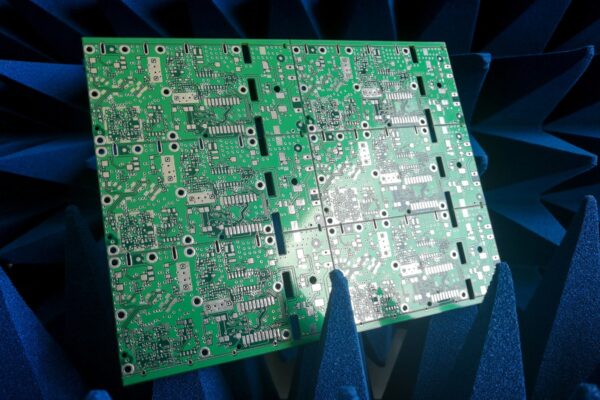What is Impedance Control
Impedance control is the practice of measuring and maintaining the impedance of specific traces on a PCB within the limits specified by the designer. Impedance, in this context, is the opposition that an electrical circuit presents to the flow of alternating current. It is measured in ohms and is influenced by factors such as trace width, trace length, dielectric material, and the surrounding environment.
The impedance control aims to ensure that the electrical signals transmitted through these traces have the desired characteristics and are not distorted or attenuated. This is particularly important in high-frequency applications where signal integrity is crucial. By controlling the impedance, the designer can minimize signal reflections, crosstalk, and other undesirable effects that can degrade the performance of the PCB.
Impedance control involves measuring the impedance of the traces during the manufacturing process, using specialized equipment and techniques such as time-domain reflectometry (TDR) or network analyzers. The measured impedance values are then compared to the target impedance values specified by the designer. If the measured values deviate from the desired range, adjustments can be made to the trace geometry or the dielectric material to bring the impedance back within the acceptable limits.
Impedance control is particularly important in telecommunications, video signal processing, consumer electronics, and motor control applications, where high-speed data transmission and signal integrity are critical. PCB designers can ensure reliable and accurate signal transmission by maintaining proper impedance, minimizing data errors and optimizing overall system performance.





